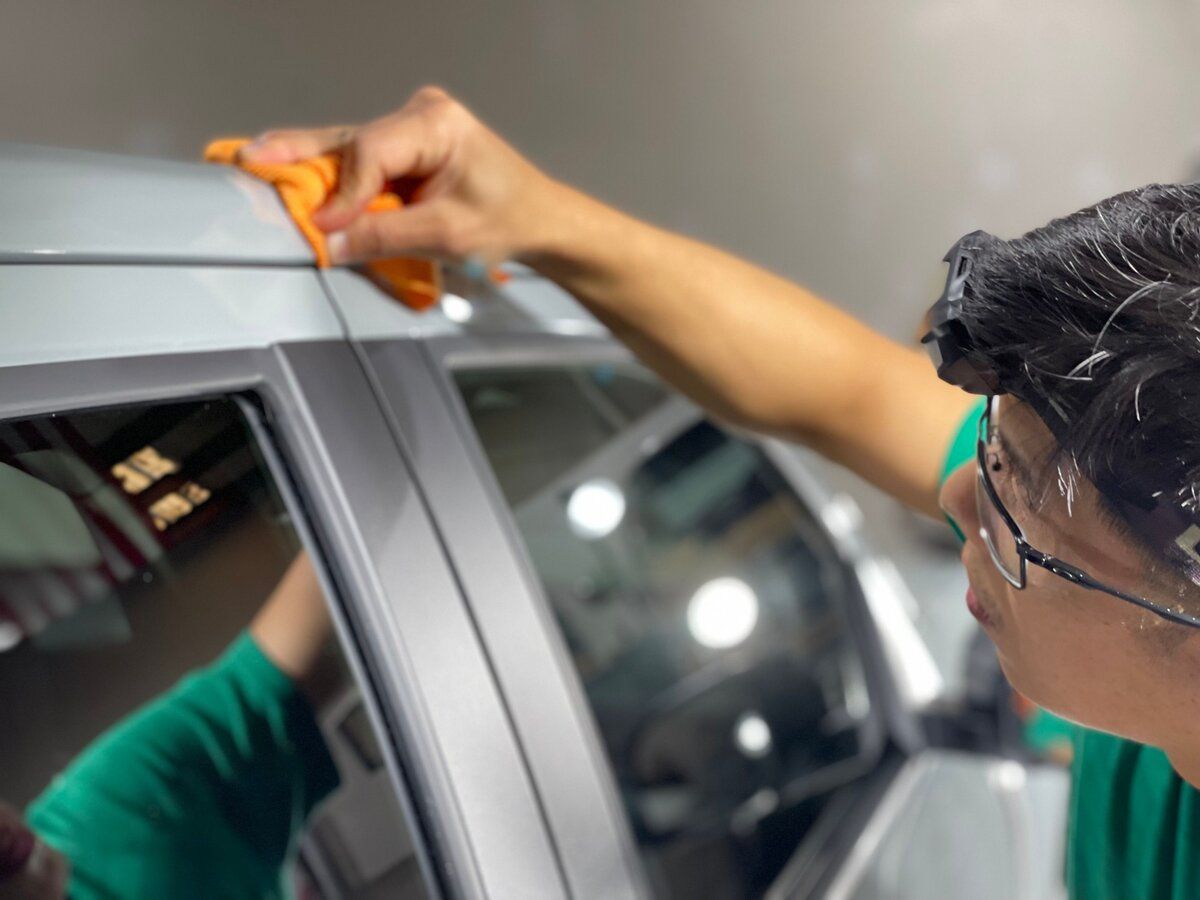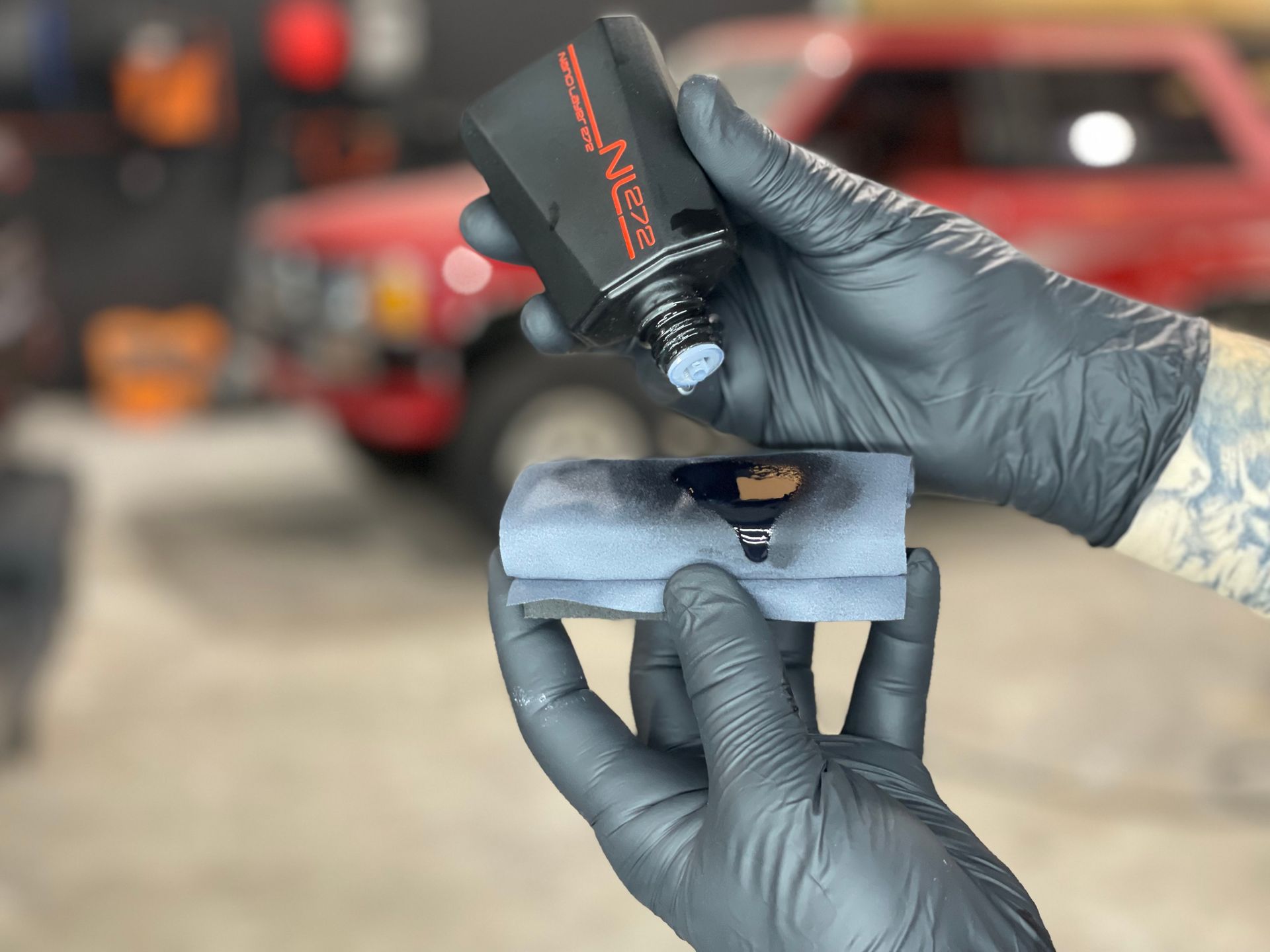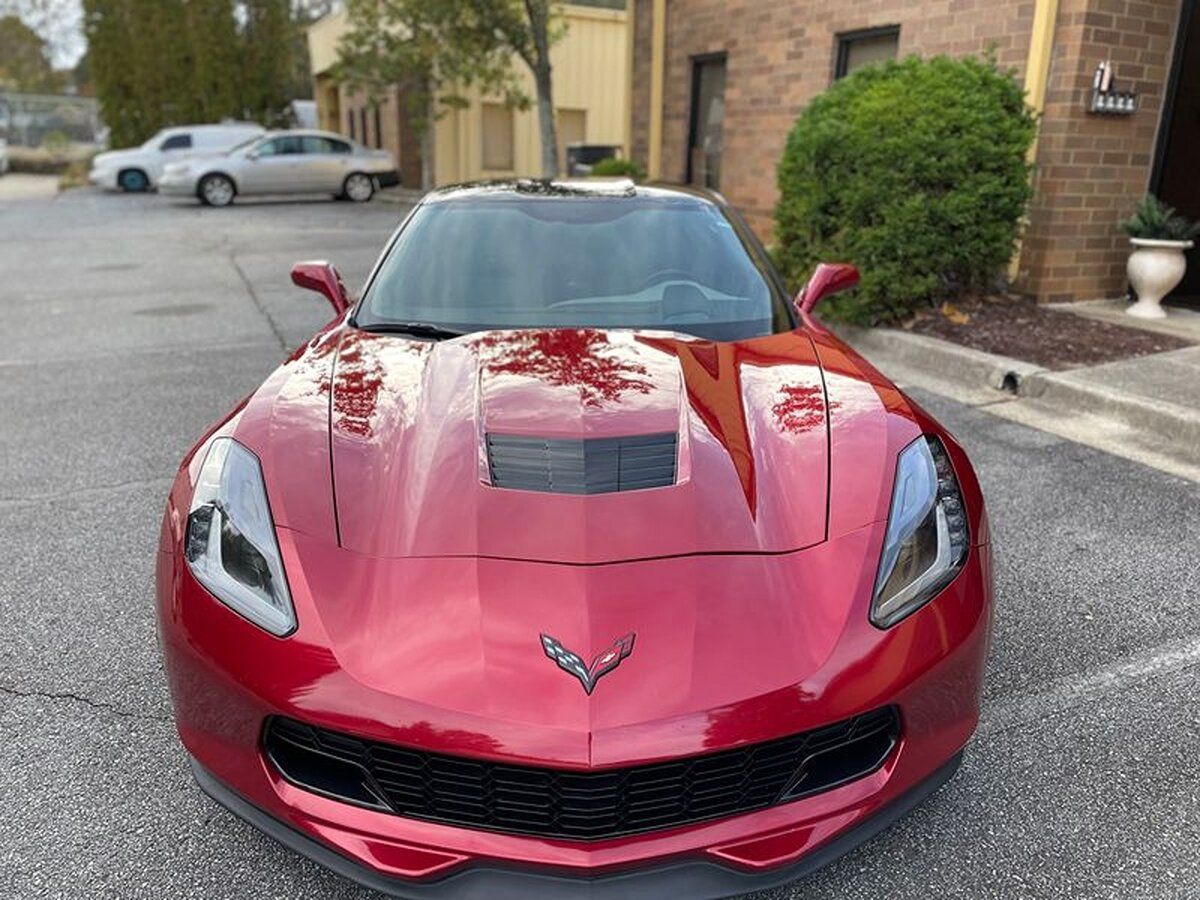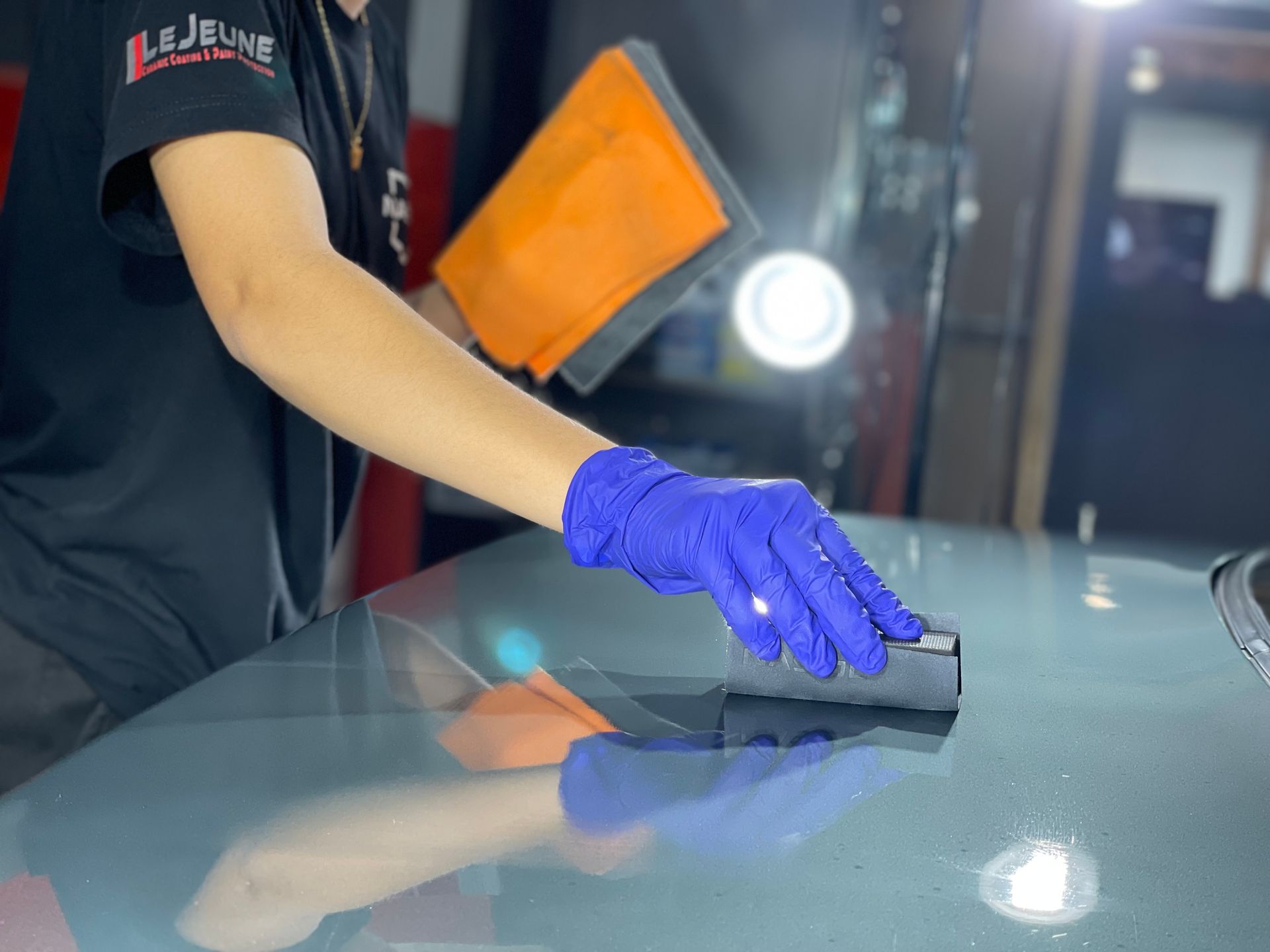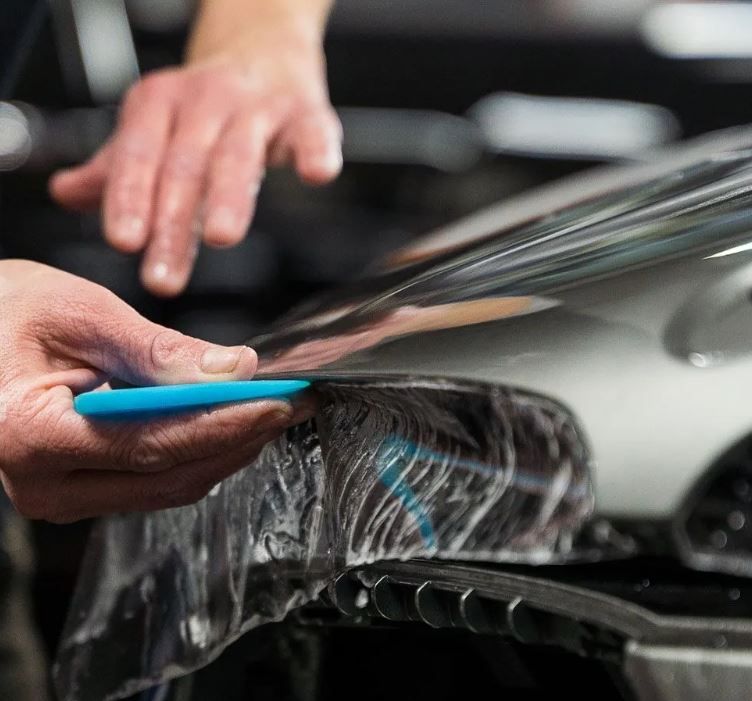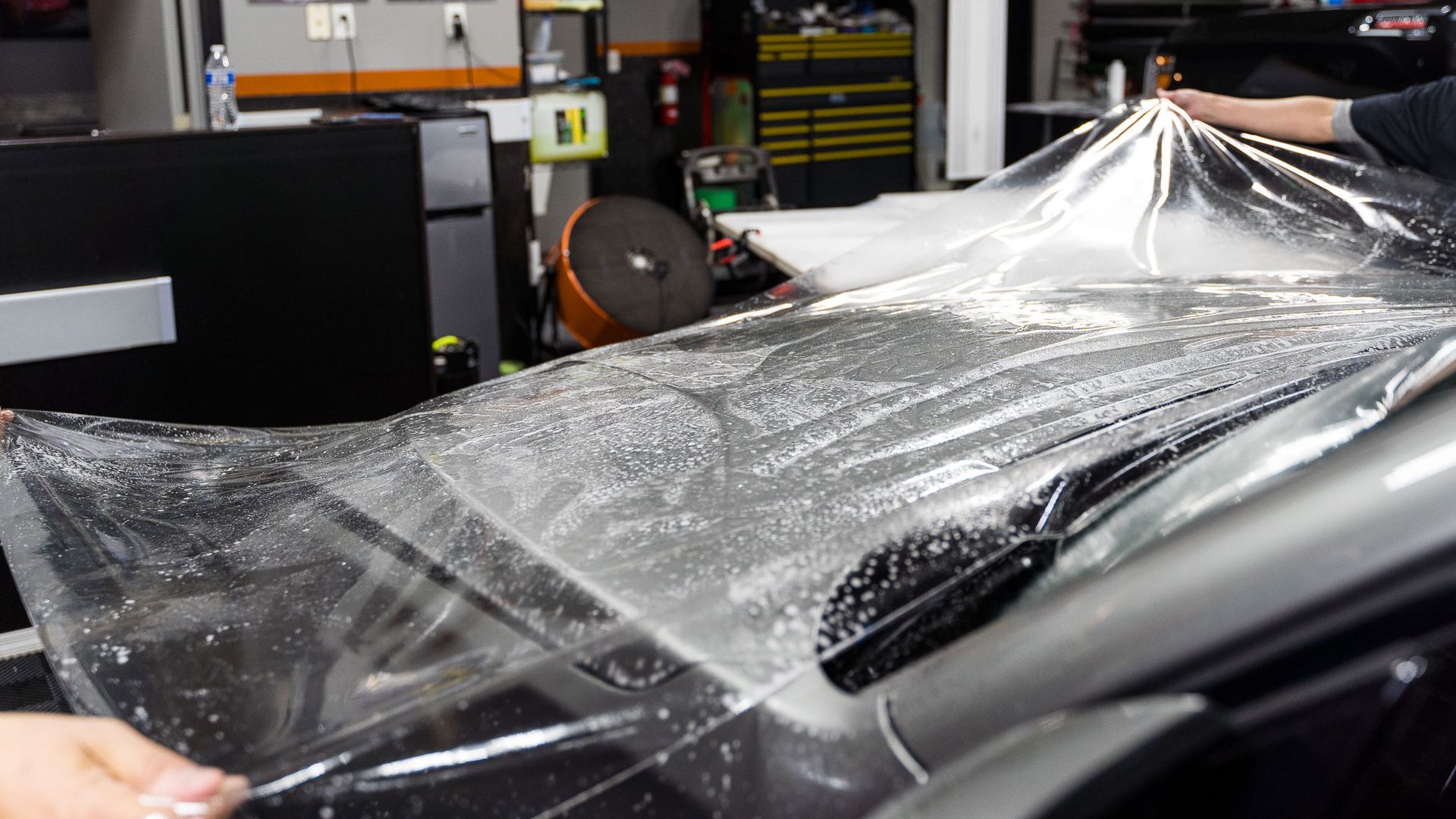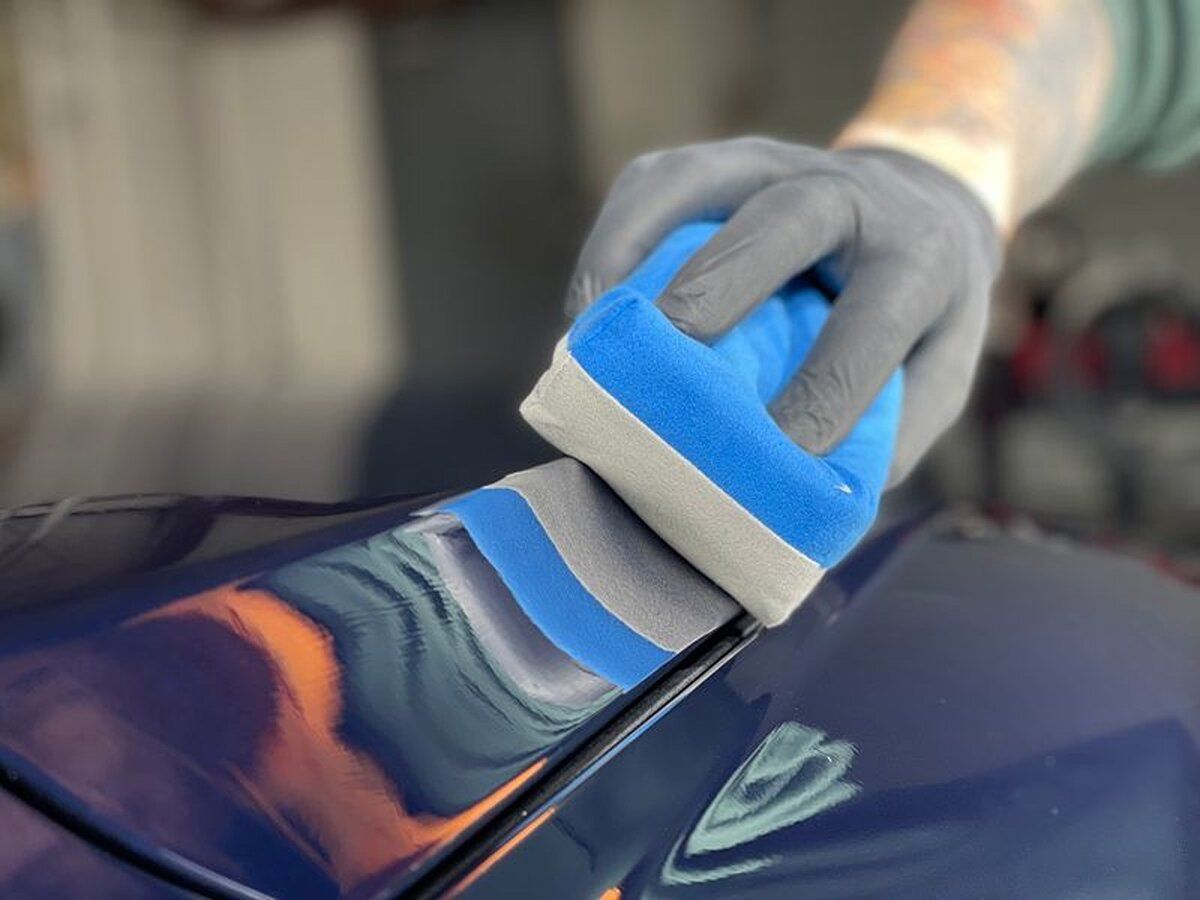Maintenance Tips for Auto Ceramic Coating: Keeping Your Vehicle Looking Its Best
GET A QUOTECALL (770) 722-3486
Auto ceramic coating has become a popular choice among car enthusiasts and owners who want to protect and enhance the appearance of their vehicles. This advanced protective coating not only provides a glossy finish but also shields your car's paint from environmental elements and contaminants. However, to ensure that your vehicle continues to look its best, it's crucial to follow proper maintenance procedures. In this blog, we'll explore some essential maintenance tips for auto ceramic coating to help you preserve the beauty and longevity of your vehicle's finish.
Importance of Auto Ceramic Coating
Auto-ceramic coating has revolutionized the way we protect and maintain our vehicles. While traditional wax provides a temporary layer of protection, ceramic coatings offer long-lasting durability and enhanced resistance to various external factors.
A major advantage of the auto-ceramic coating is its hydrophobic properties. Once applied to your vehicle, it forms a self-cleaning surface that repels water and prevents contaminants from bonding to the paintwork. This not only makes your car easier to clean but also reduces the frequency of washes required, saving you time and effort in the long run.
Moreover, ceramic coatings provide exceptional gloss and depth to your car's finish. It creates a mirror-like shine that enhances the visual appeal of your vehicle. Whether you have a luxury car or a daily driver, the glossy appearance achieved with ceramic coating helps preserve that showroom look and feel.
Additionally, ceramic coatings offer defense against fading brought on by extended exposure to harsh sunlight. The UV-resistant properties of these coatings prevent paint discoloration and keep your vehicle looking vibrant for longer periods of time.
It's also important to note that auto ceramic coating can increase the resale value of your car. Potential buyers are often attracted to vehicles that have been well maintained and protected. Having a durable ceramic coating can act as a selling point and give you an edge in the market.
Essential Maintenance Tips for Ceramic Coating
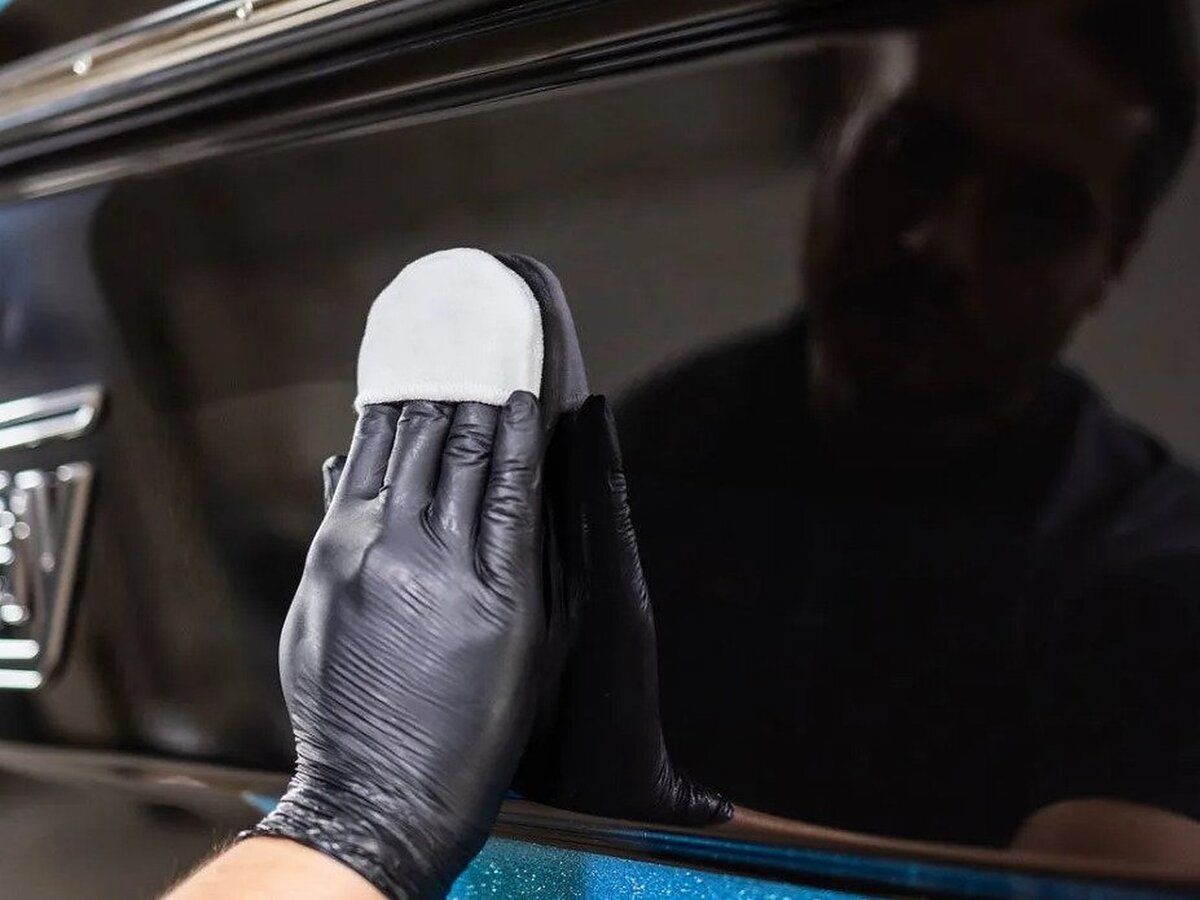
While ceramic coatings offer long-term protection, they still require regular maintenance to ensure optimal performance. Here are some essential maintenance tips to keep your ceramic-coated vehicle looking pristine:
- Regular Washing: Wash your car on a routine basis using pH-neutral car wash soap and a microfiber wash mitt or sponge. Avoid using abrasive materials or harsh chemicals that might damage the ceramic coating.
- Avoid Automatic Car Washes: Although many modern car washes claim to be safe for coated vehicles, it's best to avoid them as they may use chemicals or brushes that could potentially compromise the coating. Opt for handwashing or touchless car washes instead.
- Drying Technique: After washing, use a clean microfiber towel or air blower to gently dry your vehicle. Avoid air drying as it could lead to water spots, which are especially visible on coated surfaces.
- Avoid Harsh Chemicals: Refrain from using cleaners or detailing products that contain harsh chemicals like bleach or ammonia. These can degrade the ceramic coating over time. Stick to products specifically designed for use on ceramic coatings.
- Avoid Scratches: While ceramic coatings provide increased resistance against scratches, it's still important to take precautions. Use high-quality microfiber towels when drying or applying detailed products to prevent scratching the surface.
- Regular Inspections: Conduct regular inspections of your vehicle's paintwork to identify any areas where the coating may have worn off or weakened. These areas might require touch-up applications by professionals or reapplication of the ceramic coating.
By following these essential maintenance tips, you can prolong the lifespan of your auto ceramic coating and ensure that it continues to provide optimal protection and shine for your vehicle.
Clearcoat protection and abrasion prevention
When it comes to caring for and protecting your car's ceramic coating, one crucial aspect to consider is clearcoat protection and preventing abrasions. The clearcoat layer acts as a barrier between the ceramic coating and external elements, safeguarding the coating's longevity and effectiveness. To maintain this protective layer, it is important to adopt practices that minimize the risk of abrasions.
Regular washing of your vehicle is essential for removing dirt, grime, and other contaminants that can potentially cause abrasions. However, it's important to take precautions during the washing process to avoid introducing new scratches or swirl marks. The use of a high-quality microfiber wash mitt or sponge, along with a pH-neutral car wash soap, is recommended. This helps reduce friction and minimize the chances of scratching the clearcoat.
Additionally, when drying your vehicle after washing, use a clean microfiber towel or drying towel specifically designed for automotive use. Avoid using traditional bath towels or rough fabrics that can introduce swirl marks during the drying process. Pat the surface dry gently rather than rubbing vigorously.
Furthermore, be mindful of where you park your car to prevent unnecessary exposure to potential hazards. Avoid parking beneath trees that may drop branches, sap, or bird droppings that can damage the clearcoat. If possible, park in shaded areas or use a car cover to shield your vehicle from the harmful effects of direct sunlight and environmental debris.
Selecting Quality Care Products
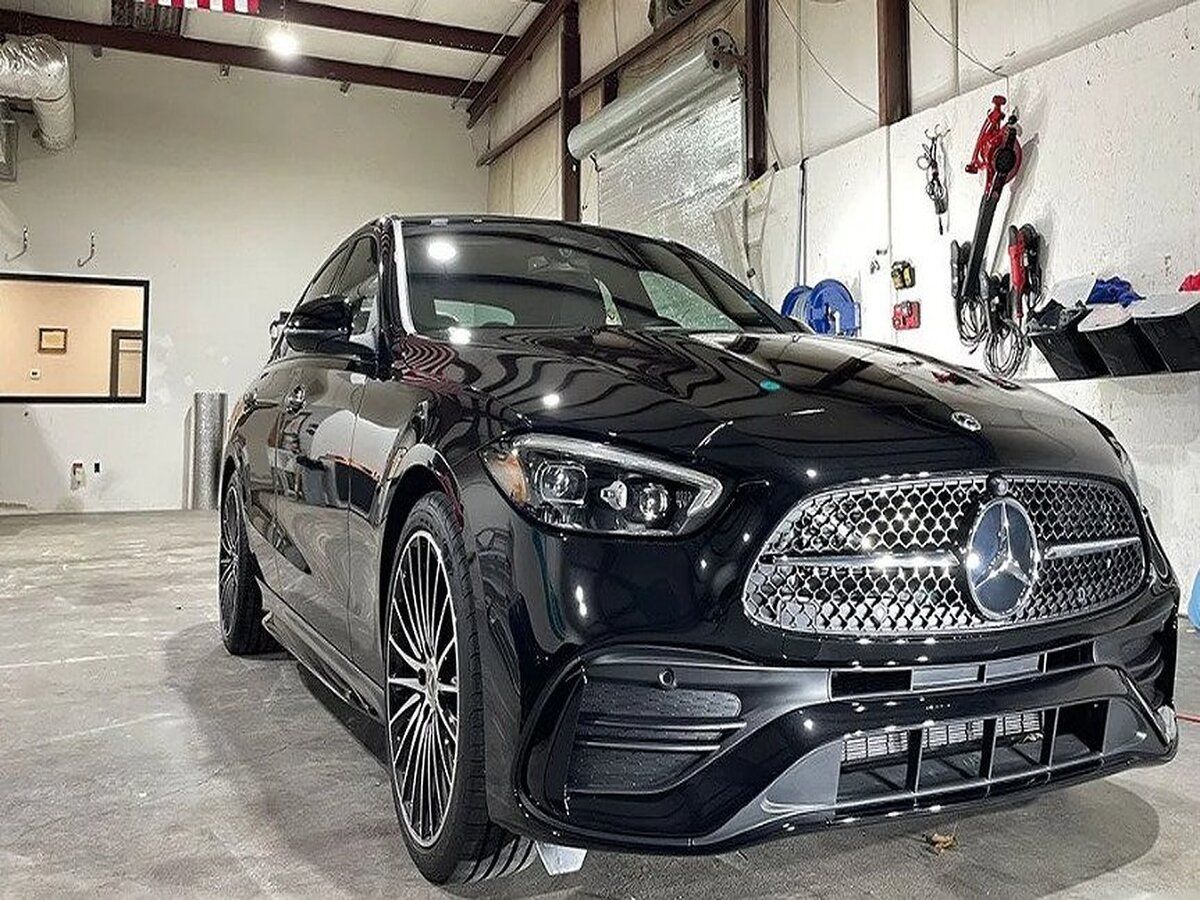
Choosing the right car products is instrumental in maintaining the longevity and effectiveness of your car's ceramic coating. Opting for high-quality and compatible products ensures that you are providing the best care possible for your investment.
- One crucial factor to consider is using pH-neutral cleaners. Acidic or alkaline-based cleaners can potentially degrade the protective layers of your ceramic coating or clearcoat, compromising their ability to safeguard against contaminants and UV rays. pH-neutral cleaners, on the other hand, are gentle yet effective at removing dirt and grime without harming the coating.
- When selecting a car shampoo or soap, look for products specifically formulated for use on ceramic coatings. These specialized formulations typically have added lubricity to minimize friction during washing and prevent scratching. They are also designed to enhance hydrophobic properties, ensuring water beads up and rolls off effortlessly, leaving behind a streak-free finish.
- It's also important to use microfiber towels or applicators when applying any form of product to your ceramic-coated car. The microfiber is soft and non-abrasive, minimizing the chances of introducing scratches or swirl marks. Avoid using abrasive sponges that can cause harm to your coating.
- Consider investing in a quality ceramic coating booster or spray sealant. These products can help revitalize the hydrophobic properties of your ceramic coating between regular maintenance sessions. Look for options that are compatible with your specific ceramic coating brand and follow the manufacturer's instructions for optimal results.
With a wide range of car care products available on the market, it's important to be cautious and discerning. In the next section, we'll discuss environmental factors that can impact your ceramic coating and how to mitigate their effects.
Environmental Factors Impacting Ceramic Coating
Ceramic coating is an excellent investment for protecting your car's paint and maintaining its pristine appearance. However, it's crucial to be aware of the environmental factors that can impact the effectiveness and longevity of ceramic coatings.
- Exposure to UV rays from the sun can gradually degrade the ceramic coating over time. Constant sun exposure can cause the coating to break down and lose its hydrophobic properties, making it less effective in repelling water, dirt, and other contaminants.
- Environmental pollutants such as acid rain, industrial fallout, bird droppings, and tree sap can pose a significant threat to the longevity of your ceramic coating. These substances contain corrosive elements that can erode the protective layer and even etch into the paintwork if left unaddressed.
The Significance of Regular Car Cleaning
Regular car cleaning plays a crucial role in maintaining the integrity and effectiveness of your vehicle's ceramic coating. Beyond just aesthetic appeal, keeping your car clean helps protect the coating from various contaminants and ensures optimal performance.
Washing your car regularly helps remove dirt and dust that can accumulate on the surface. These particles can create minute scratches and swirl marks if left unattended, compromising the durability of the ceramic coating and diminishing its ability to repel water effectively.
Additionally, routine cleaning aids in removing environmental pollutants that can harm your vehicle's paintwork and ceramic coating. As mentioned earlier, substances like bird droppings and tree sap contain corrosive elements that, if left untreated, can etch into the paint and diminish the overall effectiveness of the ceramic coating.
Regular inspections and ceramic coating touch-ups
Maintaining the longevity and effectiveness of your auto ceramic coating requires regular inspections and timely touch-ups. While ceramic coatings offer exceptional durability, they are not completely immune to wear and tear over time. By incorporating routine inspections into your car care regimen, you can address any issues promptly and ensure that your coating continues to provide optimal protection.
Regular inspections involve carefully examining the surface of your vehicle for any signs of damage or degradation in the ceramic coating. Take the time to thoroughly inspect all areas, paying close attention to high-impact zones such as the front bumper, hood, and side mirrors. Look out for scratches, swirl marks, or areas where the coating may have worn off or become compromised. If you notice any imperfections, it's essential to take action promptly to prevent further damage.
For instance, let's say you notice a small scratch on your car's coated surface during an inspection. Ignoring this minor issue might seem innocuous at first, but it can eventually lead to water spots, oxidation, or even deeper damage to your vehicle's paintwork. It's crucial to address these imperfections early on through proper touch-up procedures.
When it comes to ceramic coating touch-ups, it's essential to follow manufacturer guidelines or consult with a professional detailing service like LeJeune Ceramic Coating & Paint Protection for the best results. The touch-up process typically involves carefully cleaning the affected area and applying a compatible ceramic coating product to restore protection and shine.
Keep in mind that performing touch-ups yourself requires patience and attention to detail. Precise application is crucial for seamlessly blending the new coating with the existing one. If you're uncertain about tackling this task yourself, it's always wise to seek assistance from experts who have experience working with ceramic coatings.
Routine inspections should become a regular part of your car maintenance routine, ideally every few months, depending on your vehicle's usage and exposure to the elements. By doing so, you can catch any potential issues early on and take appropriate measures to maintain the integrity of your ceramic coating.
By incorporating regular inspections and touch-ups into your car care routine, you can maximize the benefits of your ceramic coating investment. Not only does this preserve the appearance and shine of your vehicle, but it also ensures that the protective properties of the coating remain intact.
Why choose LeJeune Ceramic Coating & Paint Protection?
At LeJeune Ceramic Coating & Paint Protection in Marietta, Georgia, we take immense pride in being your premier destination for automotive paint protection. With a focus on excellence and an unwavering commitment to quality, we offer top-tier Gtechniq and Dr. Beasley's Ceramic Coating packages that will keep your vehicle looking pristine, regardless of its size or type. Book today!
